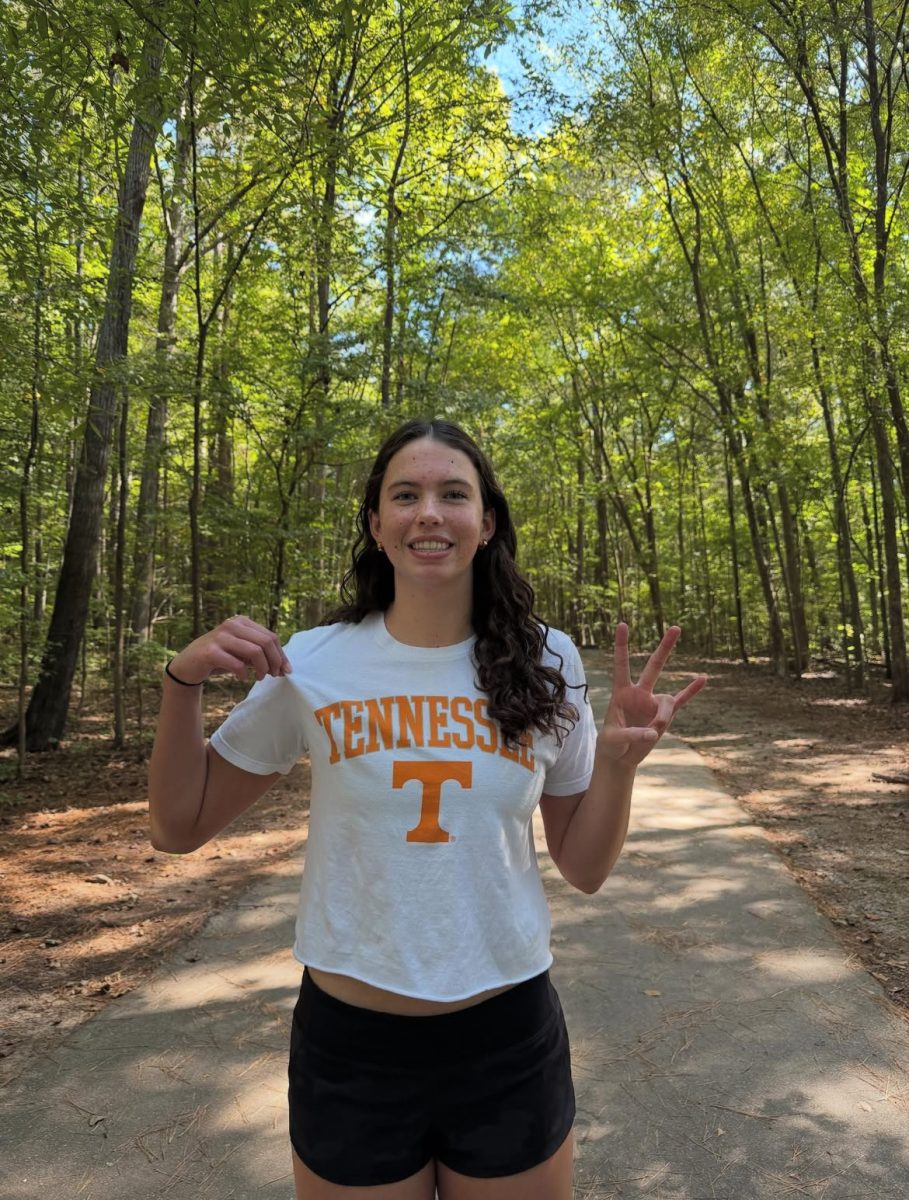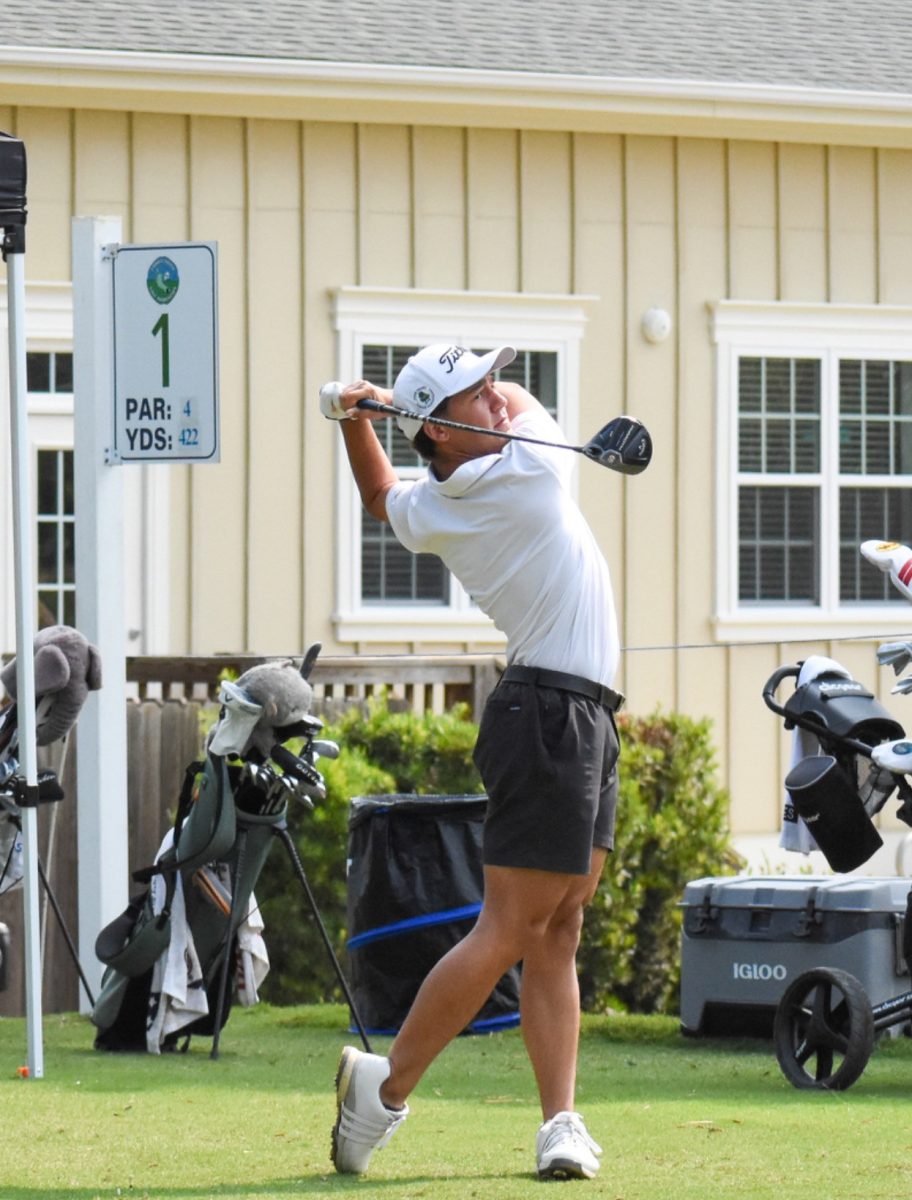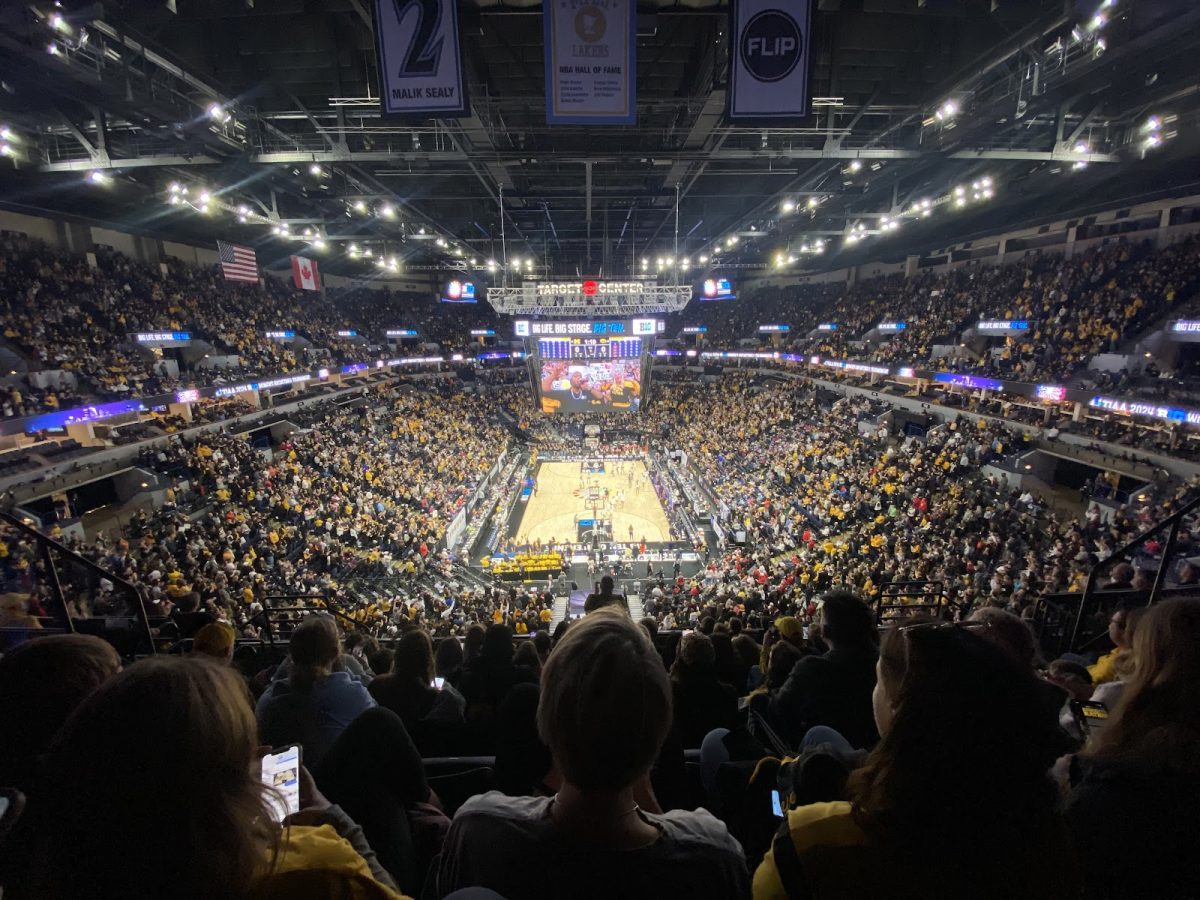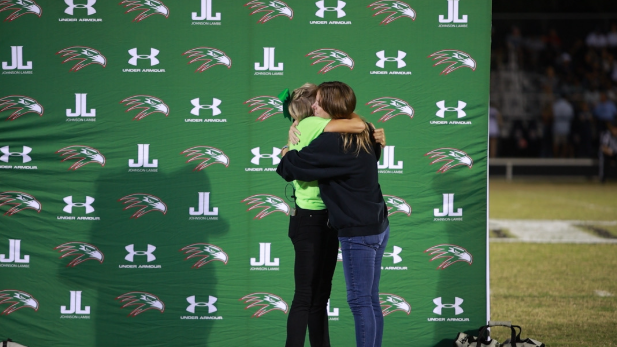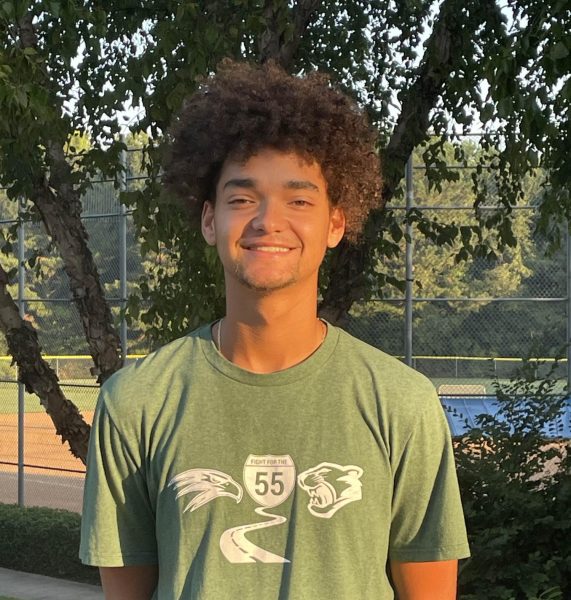On the evening of April 15, 36 competitive collegiate or international female basketball players fulfilled a popular lifelong dream for millions of kids around the world. These talented women were selected to join a prime group of athletes in the Women’s National Basketball Association (WNBA).
The WNBA draft, held annually in April, is an opportunity for the 12 WNBA teams across the United States to expand their rosters with new talent, coming from the top teams in the National Collegiate Athletic Association (NCAA) or from prestigious leagues overseas in Europe, Asia or South America. Each draft has 3 rounds of 12 picks each, usually one per team per round, ordered based upon the previous season record. Typically, the worst performing teams have the best draft picks, meaning they get to select new players earlier than other teams. Despite this, trades are frequently made within the season to exchange draft picks and players, which disrupts the perfect order of picks based upon wins and losses. For instance, last season the worst team in the WNBA was the Phoenix Mercury, with only 9 wins in their 40 game season. However, they did not select first overall due to trades and the “draft lottery,” an initiative that makes draft picks slightly more random.
Selecting first overall in the 2024 WNBA draft, the Indiana Fever picked arguably the most dominant NCAA athlete of all time, Caitlin Clark, out of the University of Iowa. Throughout her incredible 4 year collegiate career, Clark averaged over 30 points her senior season, breaking the Division I NCAA record for total points scored, racking up nearly 4,000 points throughout her career.
Being a nearly undisputable number one overall pick, Clark’s primary focus is shining more light on not only her own career, but women’s basketball in general. She already has boosted the popularity of the women’s NCAA tournament, and has started to make an impact in the WNBA, despite not even playing a game yet. According to the Indiana Fever WNBA website, last year the Indiana Fever had roughly half of their games televised for the public to watch, as oftentimes these games were beat out by other sporting events with more viewership, thus more profitable for television networks. This year however, after the acquisition of Caitlin Clark, 90% of the Indiana Fever’s schedule is televised nationally.

Outside of Clark, many talented women were selected during the first round, including Cameron Blink, a dominant forward from Stanford University selected by the Los Angeles Sparks second overall, and Kamilla Cardoso, a center from University of South Carolina (USC), who recently moved from her home country Brazil. Gaining an international presence is a tactic that the NBA recently has prioritized, with top players coming from Serbia, Cameroon and Greece. Thus, Cardoso’s incredible journey will serve as inspiration for many female athletes from other countries. Cardoso moved to the states when she was 15, and went on to receive the most valuable player award of the NCAA championship, winning with USC.
Later in the first round, Carla Leite and Leila Lacan were both selected, at spots 9 and 10 respectively, coming directly from France. These women both played in overseas leagues in France, which serves to reveal the growth of the WNBA, as in prior years most players were selected almost exclusively from colleges.
This year, the top picks in the WNBA draft will make around $76,000 for their 40 game season. As one’s draft position falls, their net salary will drop. While multiple of these WNBA players can benefit from Name, Image and LIkeness (NIL) deals or brand sponsorships, this annual salary is far less than the average number one overall pick; most male sports average a couple millions of dollars annually for the first overall draft. This is typically due to the annual revenue generated by each league, but one major movement in the WNBA, and women’s basketball in general, is to boost viewership and engagement. With big names coming into the WNBA this year, and college women’s basketball at an all time high for popularity, many individuals believe this is the year that the WNBA begins to generate revenue, which would aid player salaries and reduce WNBA dependence on the NBA. Currently, the NBA sponsors the WNBA, allowing the top female athletes to compete while also making large wages.
As social media’s impact on society increases, the WNBA is beginning to grab the attention of new viewers from all over the world, by posting incredible performances of star female athletes. Caitlin Clark, and the rest of the promising 2024 WNBA draft class, after an exciting NCAA tournament, hope to continue their focus on playing basketball at an incredibly high level while simultaneously promoting women’s basketball to the world stage.


































